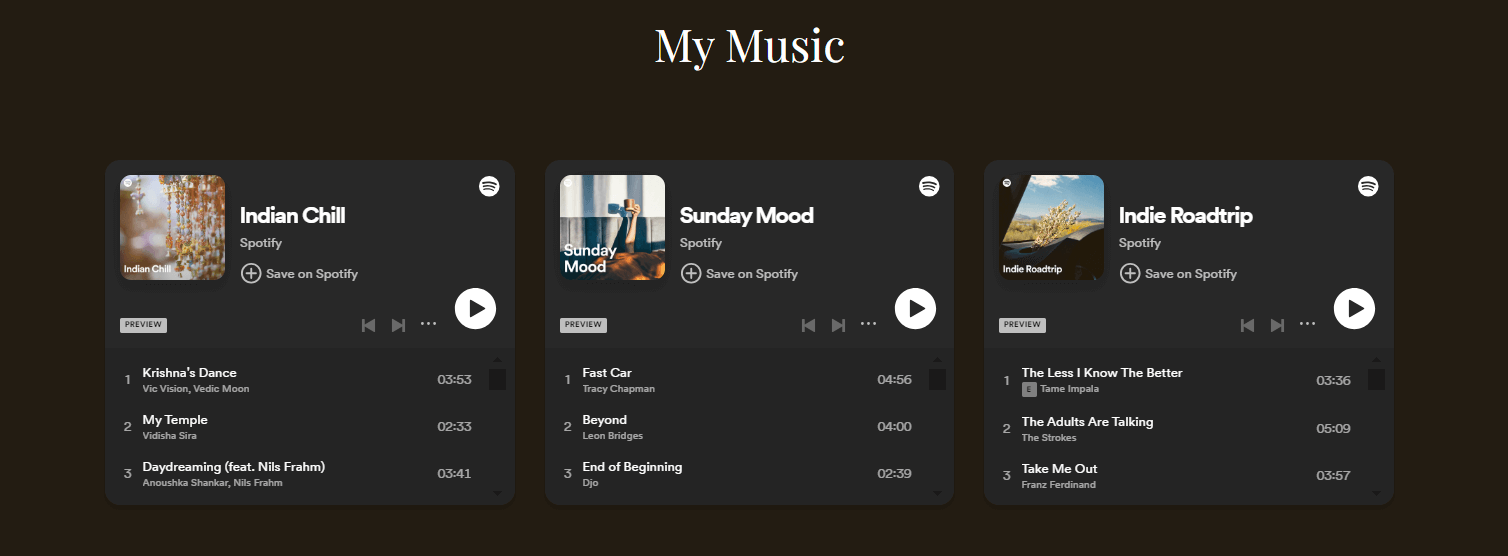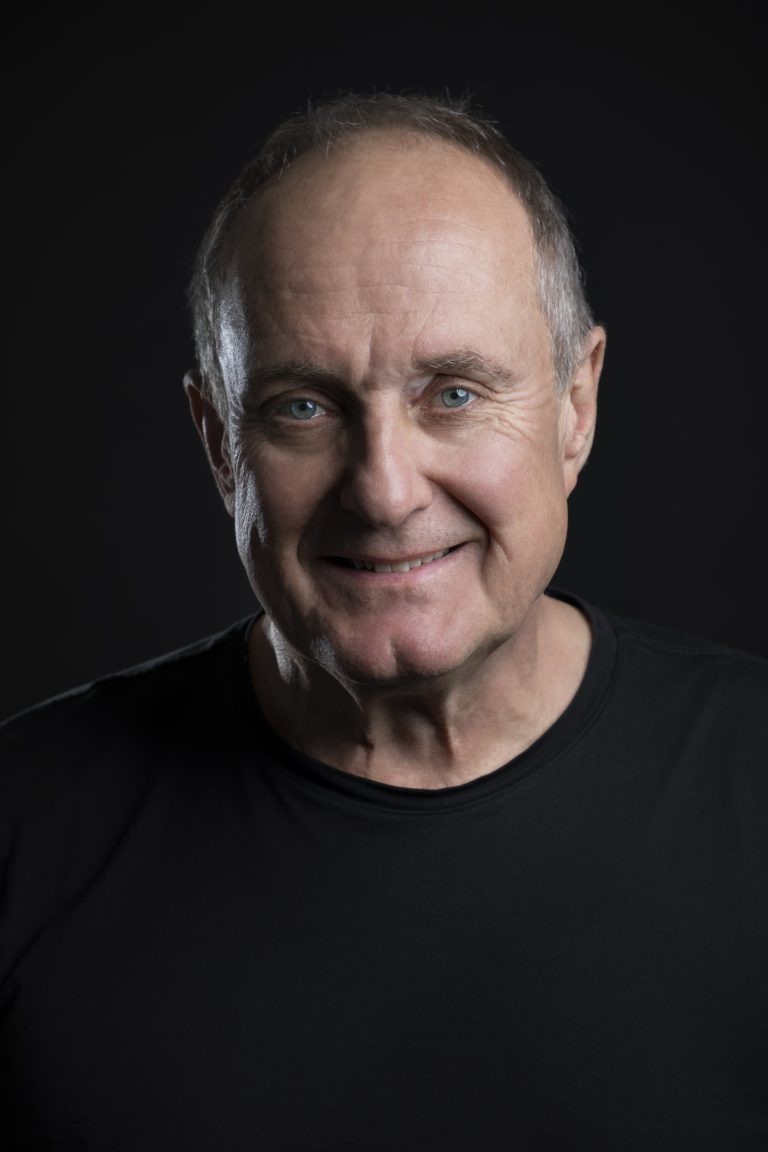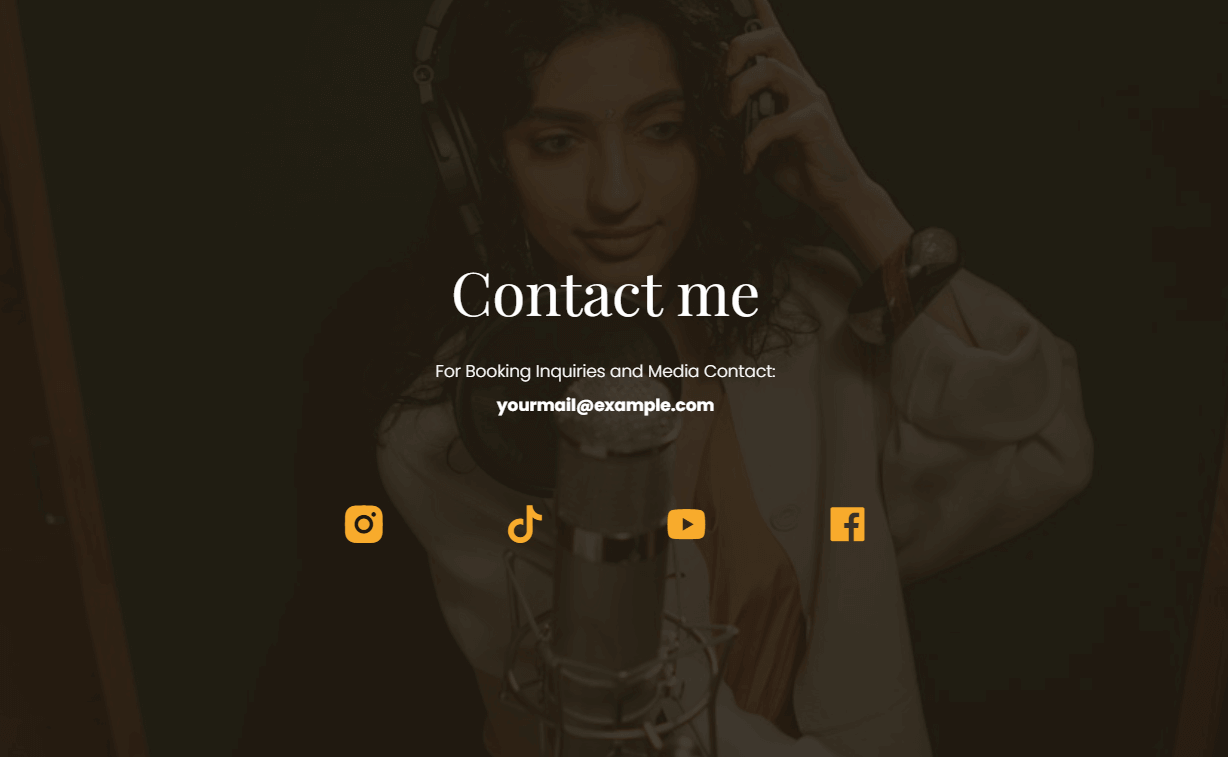2) Set the stage with password protection
Your artist EPK is your exclusive backstage pass to your career, meant for the eyes of promoters, journalists, and industry insiders—not for casual browsing.
Josiah Garrett, a seasoned musician and producer, suggests making it an “invisible” page on your website—accessible only via a direct URL and not visible through normal navigation.
Another option is setting up password protection. This way, you safeguard your high-quality content from piracy and create a buzz of exclusivity.
3) Include high-resolution images
Include a mix of high-resolution photos that show you in action—on stage, in the studio, and behind the scenes. These images should tell a story of their own, showcasing your personality and the energy of your performances.
Ensure they are pre-cropped for different media uses, making it effortless for promoters to feature you.
4) Select your soundtrack thoughtfully
You need to think about what the goal of your EPK is. Do you want to get more gigs? Choose tracks that get the crowd hyped. Trying to promote an album? Pick songs that best represent your new work.
When you're sending your EPK as an email, you've got to be mindful about not overloading it with too many files—it could end up crashing someone's computer or filling up their inbox.
The beauty of interactive formats is that you can embed a sleek, user-friendly music player directly in your EPK.
Plus, by including downloadable links, you make it super easy for media folks to use what they need, showing that you respect their time and work.
To make your EPK stand out, consider adding an interactive element like an online visualizer. While integrated into your EPK, it can provide a dynamic representation of your music, which allows viewers to see your tracks in a visually engaging format, which can be more memorable than just audio alone.
Example of a deck with embedded playlists:














